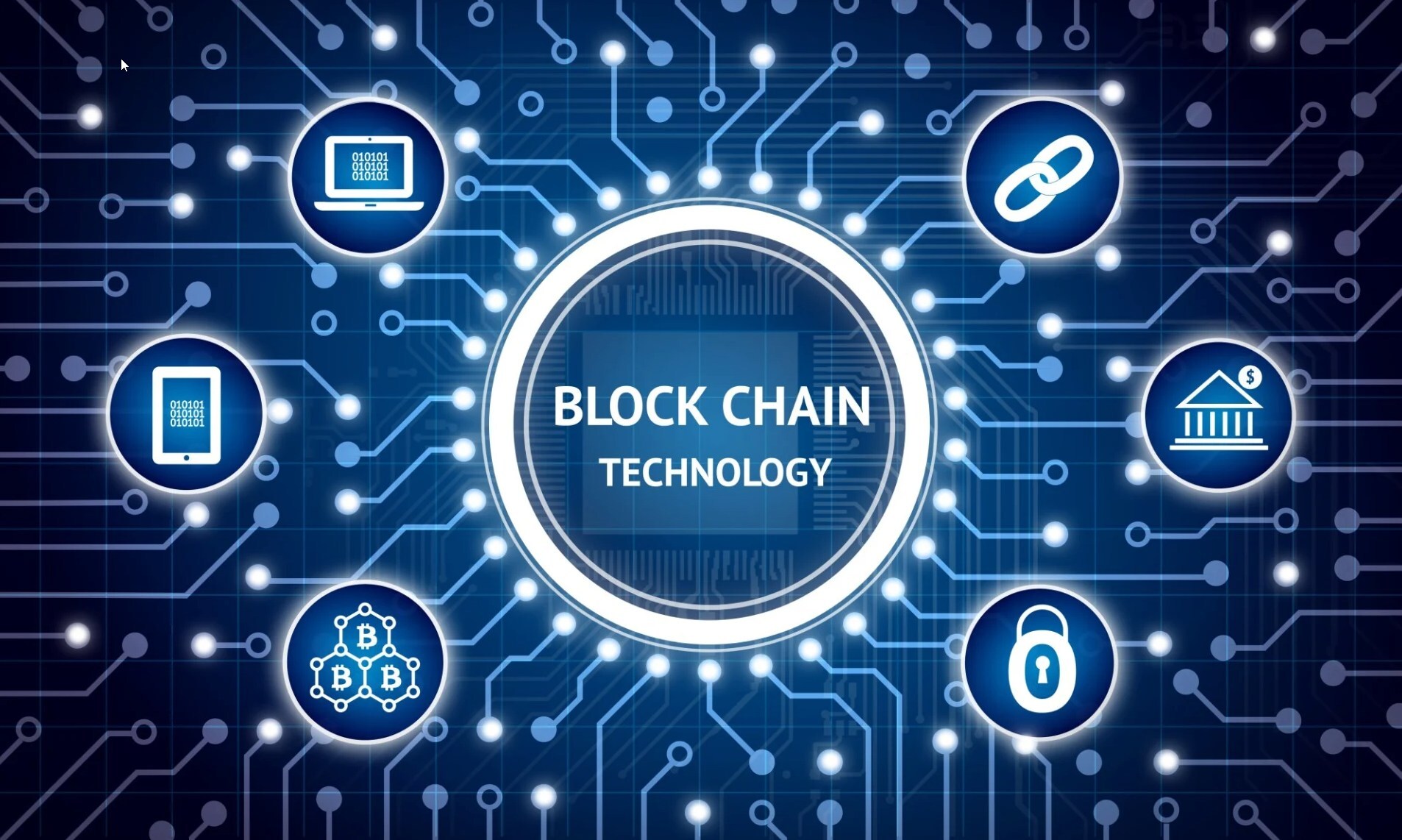How to Implement a Tech Help Desk for Teachers & Students
The article discusses the importance of setting up a tech help desk in educational institutions to support teachers and students in effectively using...
You must be logged in to the LATechNet portal to view additional resources.
3 min read
 Aria - LATechNet Team
:
Jun 26, 2025 6:03:30 AM
Aria - LATechNet Team
:
Jun 26, 2025 6:03:30 AM

You might have heard of blockchain technology, especially with the buzz around cryptocurrencies like Bitcoin. But blockchain is more than just digital money—it’s a powerful way to store and manage information securely and transparently. Think of it like a digital ledger that everyone can see, but no single person controls. Its decentralization means there's no single point of failure, while its immutability ensures records can’t be altered once created. Transparency further boosts trust, as everyone involved can verify the information.
In education, managing student records and credentials securely and efficiently is crucial. Mistakes or fraud in credentialing can harm reputations and careers. Blockchain helps solve these issues by providing reliable, tamper-proof records. It's catching on quickly, too—by 2025, over half of higher education institutions worldwide are expected to adopt blockchain-based credentialing systems, signaling a real shift toward safer, smarter student record management (medium.com).
When it comes to verifying student credentials, educators and administrators often face quite a few hurdles. Credential fraud is surprisingly common, with fake diplomas and altered transcripts making it hard to tell what's genuine. This fraud makes employers uneasy—they can't always trust that the credentials they see are authentic, leading to doubts about a candidate's real skills and education.
On top of that, managing and sharing student records can be expensive and slow. Schools and institutions spend a ton of money on paperwork, administrative staff, and complex databases. Even with these efforts, there's often little transparency or traceability. Records can get lost, misplaced, or mixed up, making it tough to track down a student's academic history accurately. All of these challenges show why it's so important to find better, smarter solutions for credentialing and record management.
Imagine never having to worry about fake diplomas again. Blockchain's permanent and secure ledger makes credential fraud extremely difficult. According to a CHEA study, blockchain could cut down on fake credentials by up to 75% (medium.com). Its transparent and easily auditable nature acts as a powerful deterrent, protecting the integrity of student records.
Verifying academic credentials traditionally takes time and costs money. Blockchain changes this dramatically. An IBM study showed that blockchain-based verification can speed up the process by as much as 80% (medium.com). Globally, this could mean saving around $3 billion every year (zipdo.co). This efficiency means less paperwork and faster results for students, schools, and employers alike.
Trust matters when hiring new talent. A whopping 72% of employers already see blockchain-based credentials as more reliable than traditional ones (zipdo.co). This increased confidence helps graduates land better jobs and makes international credential recognition much easier. Employers around the globe can quickly and confidently verify qualifications, opening doors for students wherever they go.
Several schools around the globe are already seeing great results from blockchain technology. For example, MIT has successfully launched a system called Blockcerts, allowing students to securely store and share digital degrees and certificates. This helps graduates easily verify their credentials with employers, without needing paperwork or lengthy verification processes.
Another exciting example is the University of Nicosia in Cyprus, which issues blockchain-backed diplomas, enhancing transparency and trust in credentials. Emerging platforms like Accredible, Learning Machine, and Credly are also gaining popularity, making it simpler for educators to adopt blockchain credentialing.
Looking ahead, we can expect even more innovative uses, such as digital transcripts automatically updating as students complete courses, or smart contracts that instantly verify skill certifications. These innovations will make credentialing quicker, safer, and much more user-friendly for students and educators alike.
Adopting blockchain technology for student records comes with some practical challenges. First, institutions must develop the right technical skills and infrastructure. This means training staff and investing in reliable systems—something not all schools can quickly manage.
Another key concern is data privacy. Since student information is sensitive, schools must carefully follow regulations like FERPA and GDPR. Blockchain systems need special features to keep data secure and private while still being transparent enough for credential verification.
Change can be tough, and some educators and administrators might feel hesitant about shifting to new technology. To ease this transition, schools can provide clear, friendly training sessions, demonstrate easy-to-understand benefits, and encourage open conversations.
Lastly, collaboration among different schools and universities is essential. Creating shared standards for blockchain records helps ensure compatibility and smooth communication, making this exciting new technology easier for everyone to embrace.
LATechNet brings specialized blockchain expertise uniquely tailored to meet the needs of educational institutions. Think of them as friendly guides who help schools smoothly navigate the journey toward adopting blockchain technology. They begin by carefully assessing your institution's readiness and collaboratively crafting a clear, strategic roadmap to blockchain integration.
With LATechNet, you won't get a one-size-fits-all solution. Instead, they develop customized blockchain systems that fit neatly alongside your current technology, making the transition easy and stress-free. Plus, their team stays right by your side, offering ongoing technical support, regular maintenance, and hands-on training for your staff.
Most importantly, LATechNet is committed to safeguarding student data privacy and security. They ensure full compliance with all regulatory requirements, giving educational leaders peace of mind as they step confidently into the future of student credentialing.
Blockchain technology holds exciting potential to revolutionize the way schools and universities handle credentialing and student records. By offering a secure, transparent, and efficient way to store and verify educational achievements, blockchain can significantly reduce fraud and administrative burdens. It enhances trust among students, educators, and employers alike, ensuring that records are tamper-proof and easily verifiable.
For educational institutions, this is the perfect time to begin exploring how blockchain solutions can transform their credentialing processes. Embracing this innovative approach not only boosts security and efficiency but also strengthens the trust and confidence of everyone involved. As education continues to evolve, adopting blockchain technology could be the key step toward a more reliable and streamlined future.
The article discusses the importance of setting up a tech help desk in educational institutions to support teachers and students in effectively using...

Artificial Intelligence (AI) is revolutionizing education by enhancing student data management and analytics, helping educators make informed...

Introduction Remember when classroom technology meant overhead projectors and bulky desktop computers? We've come a long way since then! Educational...